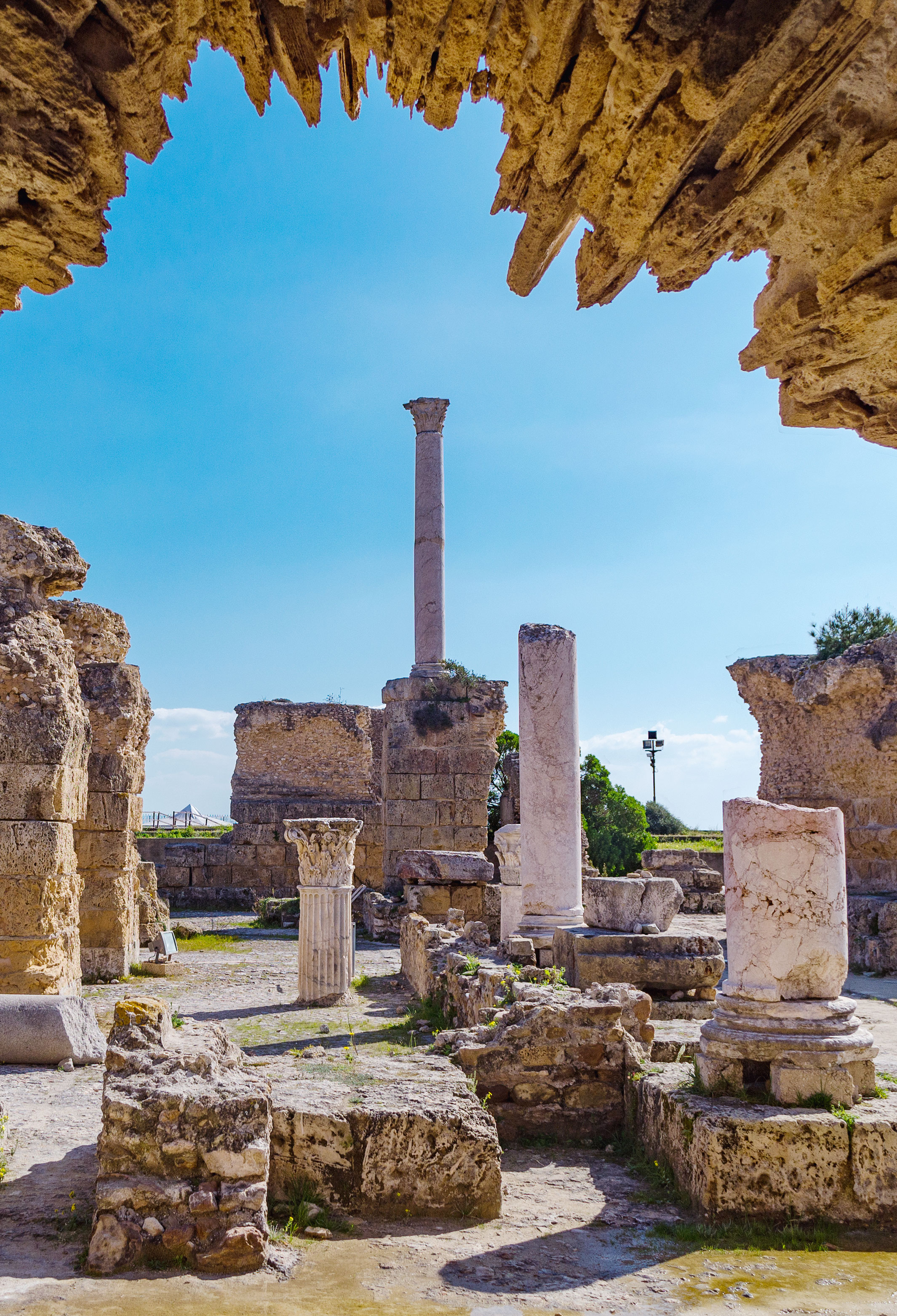Earth’s second-largest continent is chock full of landmarks that date back thousands, and in some cases, millions of years that reveal fascinating human history. From abandoned palaces of long-forgotten kingdoms to ruins of Roman civilizations, these are 16 ancient landmarks in Africa to add to your bucket list.
Pyramids of Giza – Egypt
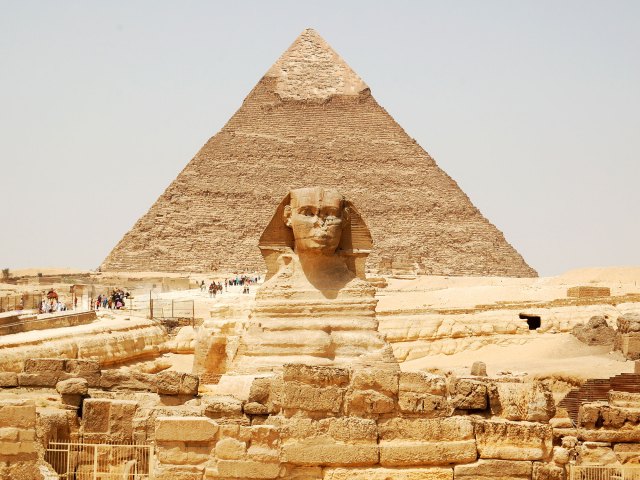
Perhaps the most iconic ancient landmarks in Africa, the Pyramids of Giza are also among the greatest mysteries on the planet. The three pyramids at Giza were built during the Old Kingdom of Egypt more than 4,500 years ago. The largest pyramid was erected for Pharaoh Khufu around 2550 BCE — originally standing about 481 feet tall, it was built using 2.3 million blocks of stone, each weighing between 2.5 and 15 tons. The second pyramid, with a sphinx in front of it, was built for Khufu’s son, Pharaoh Khafre, around 2520 BCE, while the third was created for Pharaoh Menkaure around 2490 BCE.
Experts remain baffled as to how the ancient Egyptians built the structures with the resources available to them at the time. However, the fact that the builders of the pyramids lived in a temporary city nearby with a well-developed infrastructure has led Zahi Hawass of Egypt’s Supreme Council of Antiquities to suggest that perhaps Egypt was built around the pyramids, which contradicts the belief that the Egyptians settled the area first and then built the pyramids.
Valley of the Kings – Egypt
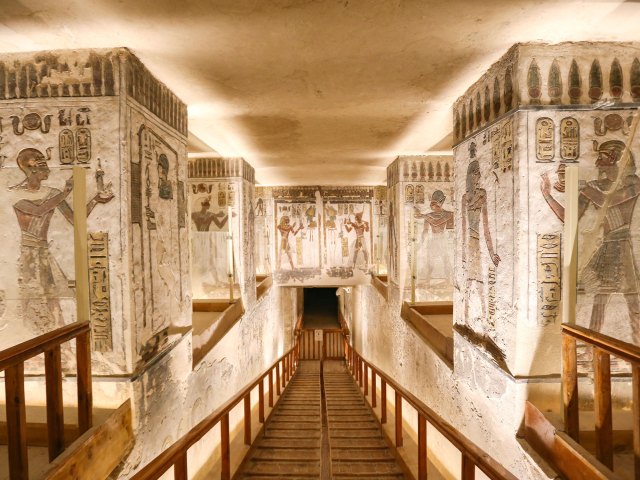
Ancient Egyptians believed that in order to enter the next world after death, bodies needed to be mummified to preserve the eternal soul, while underground mausoleums needed to be stocked with both treasures and the essentials, such as furniture, jewelry, wine, beer, and clothing — including underwear. The most famous series of tombs is the Valley of the Kings, which has 63 tombs, including those of pharaohs such as Tutankhamun, Seti I, and Ramses II, hailing from the time of the New Kingdom from 1539 to 1075 BCE.
Located on the west side of the Nile in what was once the ancient city of Thebes (present-day Luxor), the area attracts 1.5 million visitors a year, making preservation a major priority — especially since the Valley of Kings became a UNESCO World Heritage Site in 1979. The World Monuments Fund has been hard at work to create safer public access with railings, signs, and lighting to ensure the thousands who visit each day do not cause damage to the ancient landmarks.
Karnak Temple – Egypt
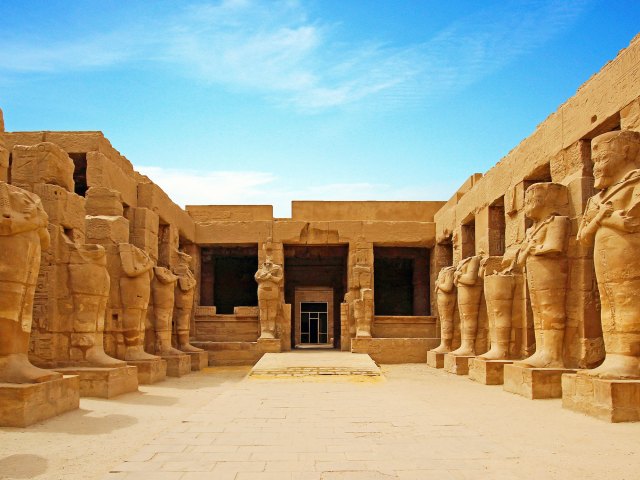
While the Luxor Temple might be the best-known Egyptian temple since it bears the name of the city, the Karnak Temple, which is less than two miles to the north on the east side of the Nile, often leaves more of an impression due to its sheer size and scope. Once ancient Egypt’s largest and most essential religious complex, the Karnak Temple was built over the course of more than 1,000 years from the 12th to 20th dynasties, stretching from 2080 to 1640 BCE.
Some of the complex’s main highlights are the rows of sphinxes (which at one time stretched to the Luxor Temple) and the Temple of Amun-Ra, where the god Amun-Ra lived with his wife, Mut, and son, Khonsu. Of note is the temple’s 54,000-square-foot hypostyle hall with 134 columns towering as high as 70 feet, each carved with stories involving Pharaoh Seti I.
Archaeological Site of Volubilis – Morocco
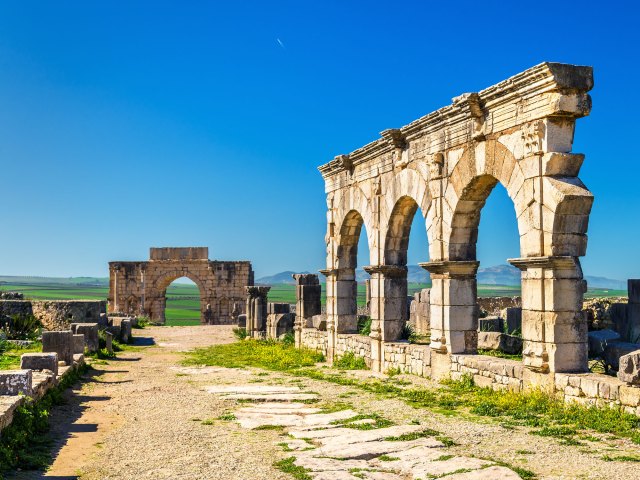
Located about 20 miles north of central Meknes on a fertile plain is one of Morocco’s most impressive archaeological ruins: the ancient city of Volubilis. Founded in the third century BCE and believed to have been the Mauritanian capital, the Berber city grew into an essential Roman Empire outpost. It has also been occupied by Phoenicians, Carthaginians, Latin Christians, Muslims, and the Idrisid Dynasty.
While Volubilis was once a thriving metropolis, the area has been abandoned for about a thousand years. Because of that, as well as the remote location, the ruins offer an “important level of authenticity,” according to UNESCO. Among the relics are olive presses, thermal baths, and mosaic homes, as well as the marble Triumphal Arches. And now there’s new life atop many of the columns, as many storks have settled among the ruins.
Archaeological Site of Carthage – Tunisia
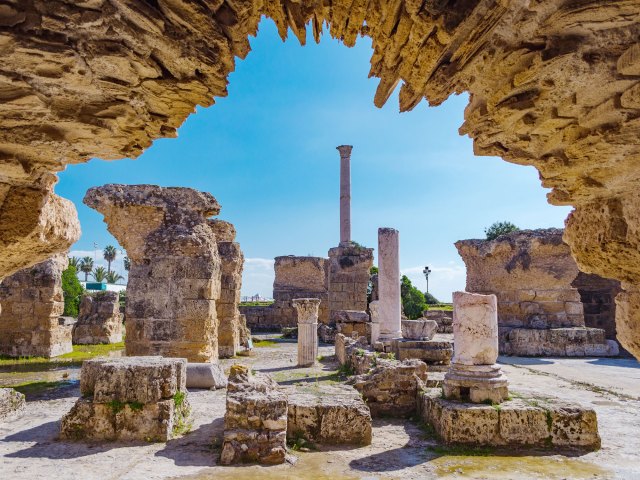
Perched on a promontory in a suburb of the city of Tunis are the remains of the ancient city of Carthage, founded by the Phoenicians of Tyre in 814 BCE. The city’s strategic location on the coast made it possible for civilians to monitor ships traveling between Sicily and Tunisia in the Mediterranean, and it wasn’t long before Carthage developed into a major trading empire.
In 264 BCE, the first of three Punic Wars broke out between Carthage and Rome — ending in a 146 BCE victory by the Romans in which Carthage was destroyed. In 122 BCE, the Roman Senate sent Gaius Gracchus and Marcus Fulvius Flaccus to build a new colony on the site, but it wasn’t until Julius Caesar later sent landless citizens, and Augustus established the Roman province of Africa Proconsularis there that the area began to thrive again — before then declining in the mid-third century. Today, the Archaeological Site of Carthage contains ruins of the Byrsa acropolis, Punic ports, Antonin baths, Malaga cisterns, an amphitheater, and numerous necropolises.
Kano City Walls – Nigeria
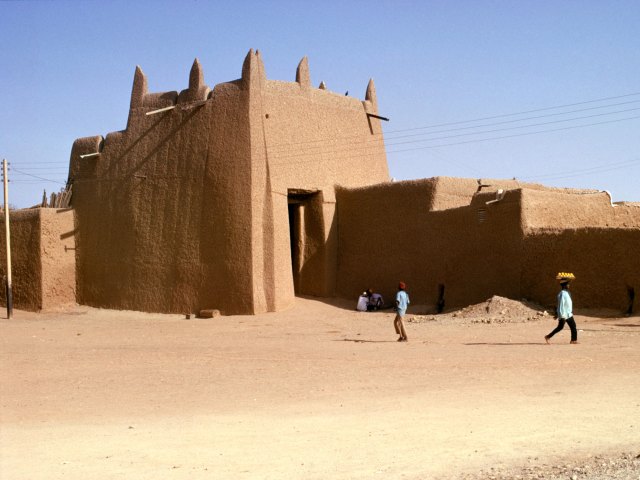
First settled in the 10th century as Dala Hill, this ancient civilization soon grew into Kano, now Nigeria’s second-most populated city. To protect its people, an earthen wall was built around the perimeter of the city as a security measure, along with over a dozen gates. King Sakri Gijimasu laid the foundation from 1095 to 1134,and the walls were eventually completed in the 14th century.
Though the city of Kano was originally intended for 50,000 people, it is home to 3.6 million people today and has far outgrown the walls. In recent years, the lack of maintenance of the wall, which stands 11.5 feet tall and 3.3 feet thick, has threatened its legacy. Within the walls, you’ll find Kurmi Market, one of West Africa’s oldest markets, as well as Emir’s Palace, which was built in the 1400s.
El Jem Amphitheatre – Tunisia
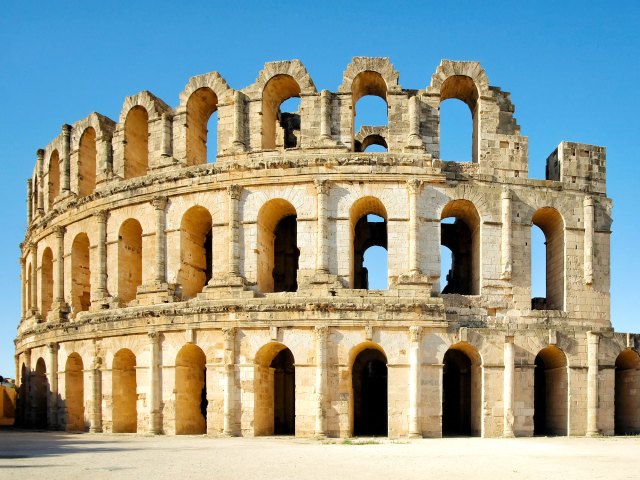
If the architecture of the massive amphitheater in the village of El Jem is familiar, it’s because it was built in 238 CE during Imperial Rome. The freestanding structure of stone blocks without any foundation — measuring 485 feet across one axis and 400 across the other — is seemingly modeled after Rome’s Colosseum. With a capacity of 35,000, El Jem Amphitheatre is also believed to be the third-largest amphitheater ever built, after the Colosseum and one in Capua, Italy.
Another reason the amphitheater stands out compared to other African monuments is that it was built on completely flat land, held up by the support of its arches — a major factor that helped it earn its spot on the UNESCO World Heritage Site list in 1979 and distinguishes it from other structures on the continent that are built into hillsides.
Laas Geel – Somaliland
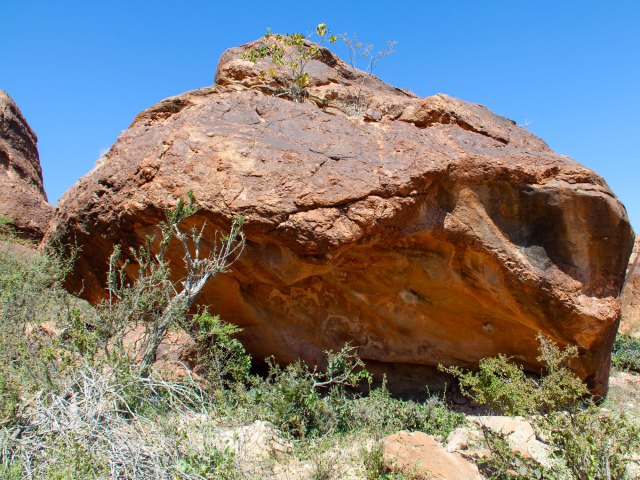
The paintings on cave walls in the Somaliland Badlands are believed to be between 5,000 and 10,000 years old — yet they were only discovered in 2002 by a team of French researchers, who also located lithic tools around the site. A large portion of the art at Las Geel, also spelled Las Gaal, mostly depicts cows, including cattle slaughters, while other identifiable animals include monkeys, antelopes, and giraffes. What makes the cave paintings so remarkable are their vivid shades of violet, red, brown, yellow, black, and white.
Spread across 20 rock shelters on a road between the cities of Hargeisa and Berbera, the ancient relics remain unprotected because of a political battle over Somilaland not being recognized as an independent state. Visitors can obtain the required permits to visit at most hotels in Hargeisa.
Archaeological Sites of the Island of Meroë – Sudan
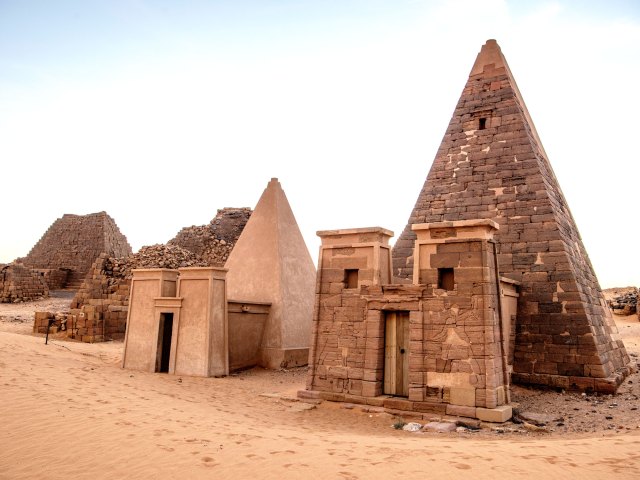
Situated between the Nile and Atbara rivers is a group of about 200 pyramids, a relic of the Meritoc Kingdom that oversaw the area for over 900 years. Smaller than the pyramids in Egypt and featuring narrower bases and steeper sides, many of the pyramids on Meroë are tombs of the rulers of the time, built between 2,700 and 2,300 years ago.
Meroë was the center of the Kush Kingdom (also spelled Cush), which ruled from the eighth century to the fourth century BCE. Other ruins on the site include palaces, temples, and industrial scenes — displaying both the power and wealth of the region.
Ancient City of Aksum – Ethiopia
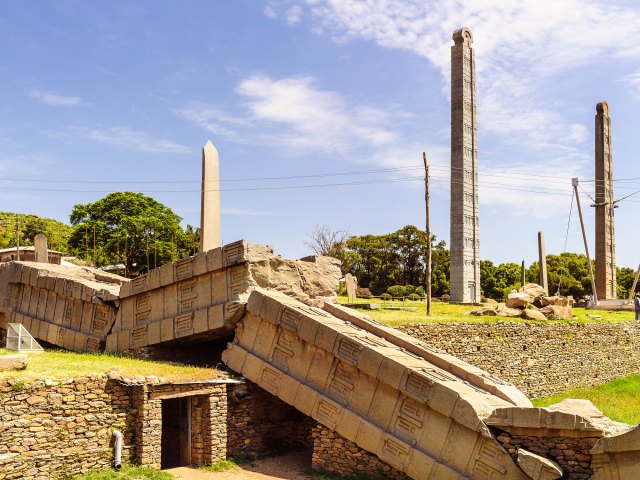
As the most powerful state between Persia and the Byzantine Empire, the Kingdom of Aksum, which ruled from the first to the eighth century, was the center of ancient Ethiopia. It was a civilization so pivotal to shaping Earth’s history that it was deemed one of the greatest kingdoms on Earth alongside Babylon, Persia, Rome, and China, according to the Persian prophet Mani.
Located about 100 miles southwest of the Red Sea, on the Tigray Plateau in northern Ethiopia, the area’s ruins, including many monolithic obelisks, are proof of the Aksumite wealth. The tallest standing obelisk is more than 75 feet tall, while the largest fallen obelisk stretches nearly 108 feet in length. In the area, you’ll also find stone tablets, stelae, tombs, and a palace that dates back to the sixth and seventh centuries CE — all of which helped earn the ancient city of Aksum its UNESCO designation in 1980.
Olduvai Gorge – Tanzania
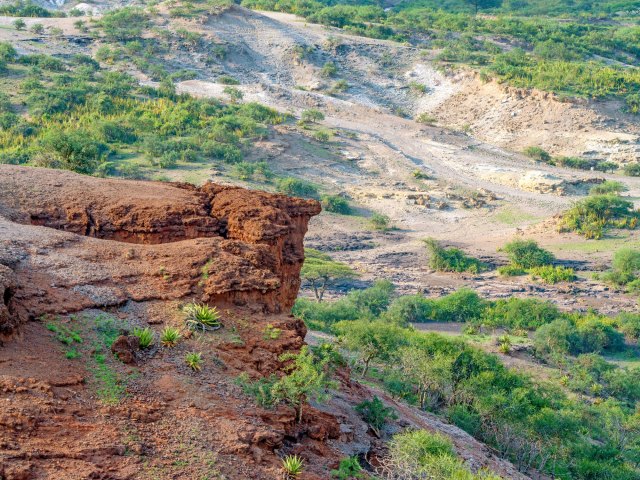
The Ngorongoro Conservation Area in Tanzania spans from the Serengeti plains to the Great Rift Valley, encompassing savannas, forests, and plains, as well as the world’s largest caldera, Ngorongo Crater. But it’s the Olduvai Gorge that stands out as one of the greatest paleoanthropological sites in the area.
The 30-mile-long, 295-foot-deep ravine bears deposits stretching back four million years, with fossils of more than 60 members of the human lineage called hominins, including fossilized footprints that are 3.6 million years old. According to UNESCO, “the overall landscape of the area is seen to have the potential to reveal much more evidence concerning the rise of anatomically modern humans, modern behavior and human ecology.”
Great Zimbabwe National Monument – Zimbabwe
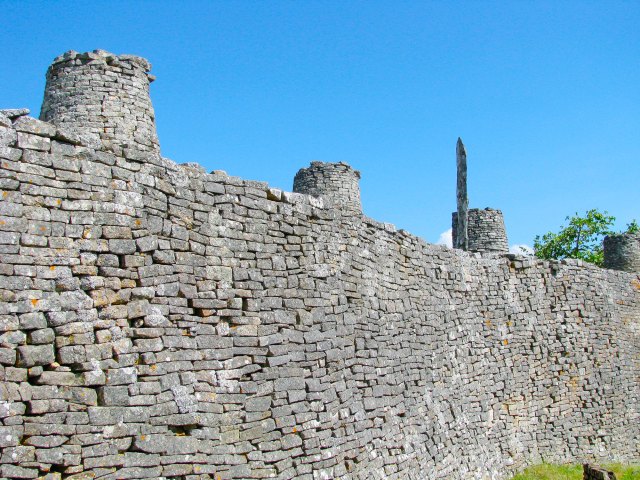
With stone relics spread across about 200 acres, the Great Zimbabwe National Monument is all that’s left of the city that was home to the lost civilization of Shona between the 11th and 15th centuries — making it one of the largest ruins in both Zimbabwe and Mozambique.
Once home to over 10,000 people, the area is separated into three sections. The Hill Ruins are believed to have been the acropolis of the royal city, while the ellipsis-shaped Great Enclosure has living quarters, community space, and a cone tower. The Valley Ruins, in contrast, date back to only the 19th century, with brick and stone homes — some even featuring chevron and checkered wall decorations!
Archaeological Site of Leptis Magna – Libya
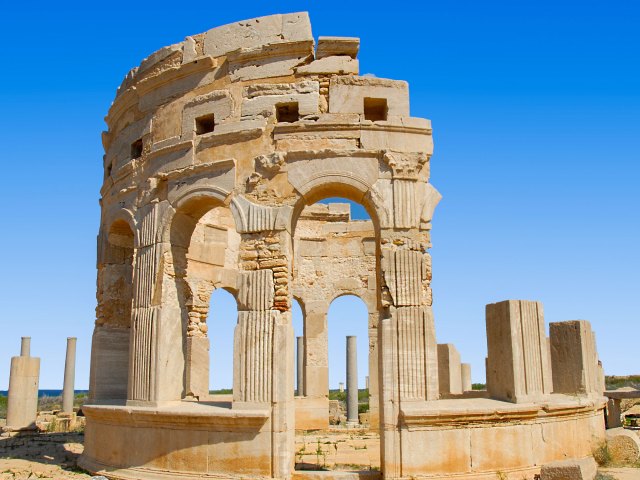
Believed to have been founded as early as the seventh century BCE by either the Phoenicians of Tyre or Sidion, the seafront city of Leptis Magna was settled by Carthaginians toward the end of the sixth century BCE. It was later expanded by Roman Emperor Septimius Sevrus, who ruled from 193 to 211, and is now described by UNESCO as “one of the most beautiful cities of the Roman Empire, with its imposing public monuments, harbor, marketplace, storehouses, shops, and residential districts.”By the middle of the fourth century, Leptis Magna was mostly abandoned. It then got caught in the crosshairs of war and civil unrest, which still exists to this day. The remains are some of the world’s best relics of Roman architecture.
Lalibela Rock-Hewn Churches – Ethiopia
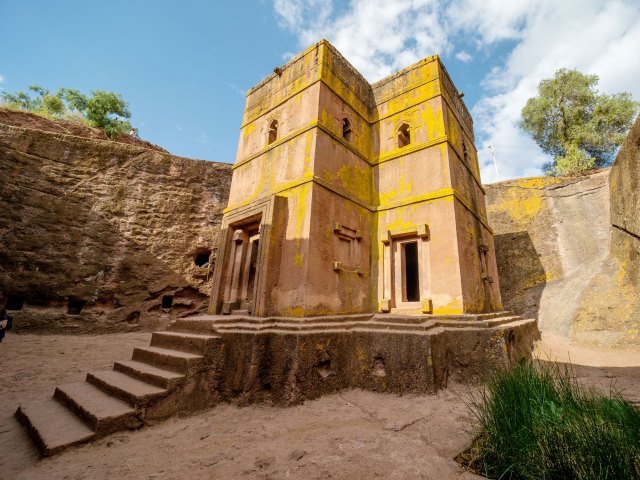
In the mountains of northern Ethiopia are 11 medieval churches carved into rock. After Muslims halted Christian pilgrimages to the Holy Land, King Gebre Mequel Lalibela set out to create a “New Jerusalem” in the 12th century, building a series of cave churches that are still a pilgrimage site for members of the Ethiopian Orthodox Church.
The square and rectangular-shaped churches are divided into two groups: five on the northern side and five on the southern side, with a single church, Bete Giyorgis, to the west of the southern cluster. Narrow pathways connect all 11 sites, as well as tombs and catacombs. But most impressively, each of the 11 churches was carved from a single block of stone. It’s no wonder that Ethiopian Orthodox Christians believe the churches were carved by angels!
Royal Palaces of Abomey – Benin
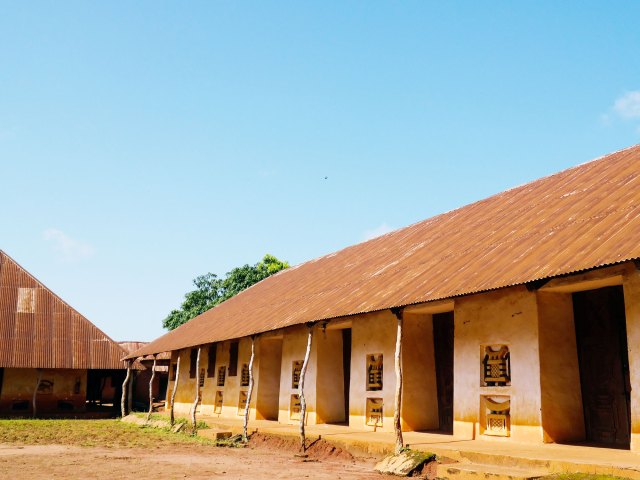
Twelve kings ruled the Kingdom of Abomey in present-day Benin from 1625 to 1900, each building their own palace within the same space — some next to each other and some on top of each other. After all, the founder of Abomey, King Wegbaja, once said, “The kingdom shall always be made greater.”
At the Royal Palaces of Abomey, there are 10 palaces within the 116-acre space, all following certain patterns of three courtyards and similar wall enclosures. Now abandoned, King Ghézo and King Glélé’s palaces have become the home of the Historical Museum of Abomey, which serves as a reminder of the vanished kingdom.
Djingareyber Mosque – Mali
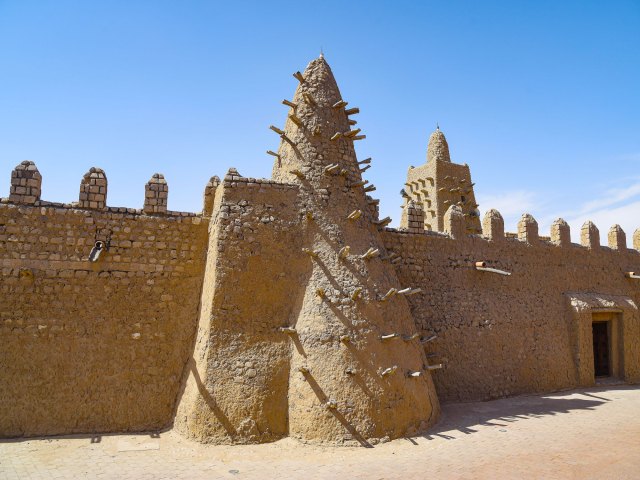
Locals believe that if the mosques in Timbuktu are destroyed, the world will end. That includes the city’s three greatest mosques — Sankore, Sidi Yahia, and Djingareyber — which are now part of the University of Timbuktu.
Construction on Djingareyber began when Sultan Mansa Musa returned from his pilgrimage to Mecca in 1327. It was later expanded by Imam Al Aquib from 1570 to 1583. Although the mosque is made of mud, straw, and wood, the structure has withstood hardships over 800 years. The main minaret continues to tower above Timbuktu as the city’s most iconic landmark.
More from our network
Daily Passport is part of Optimism, which publishes content that uplifts, informs, and inspires.






